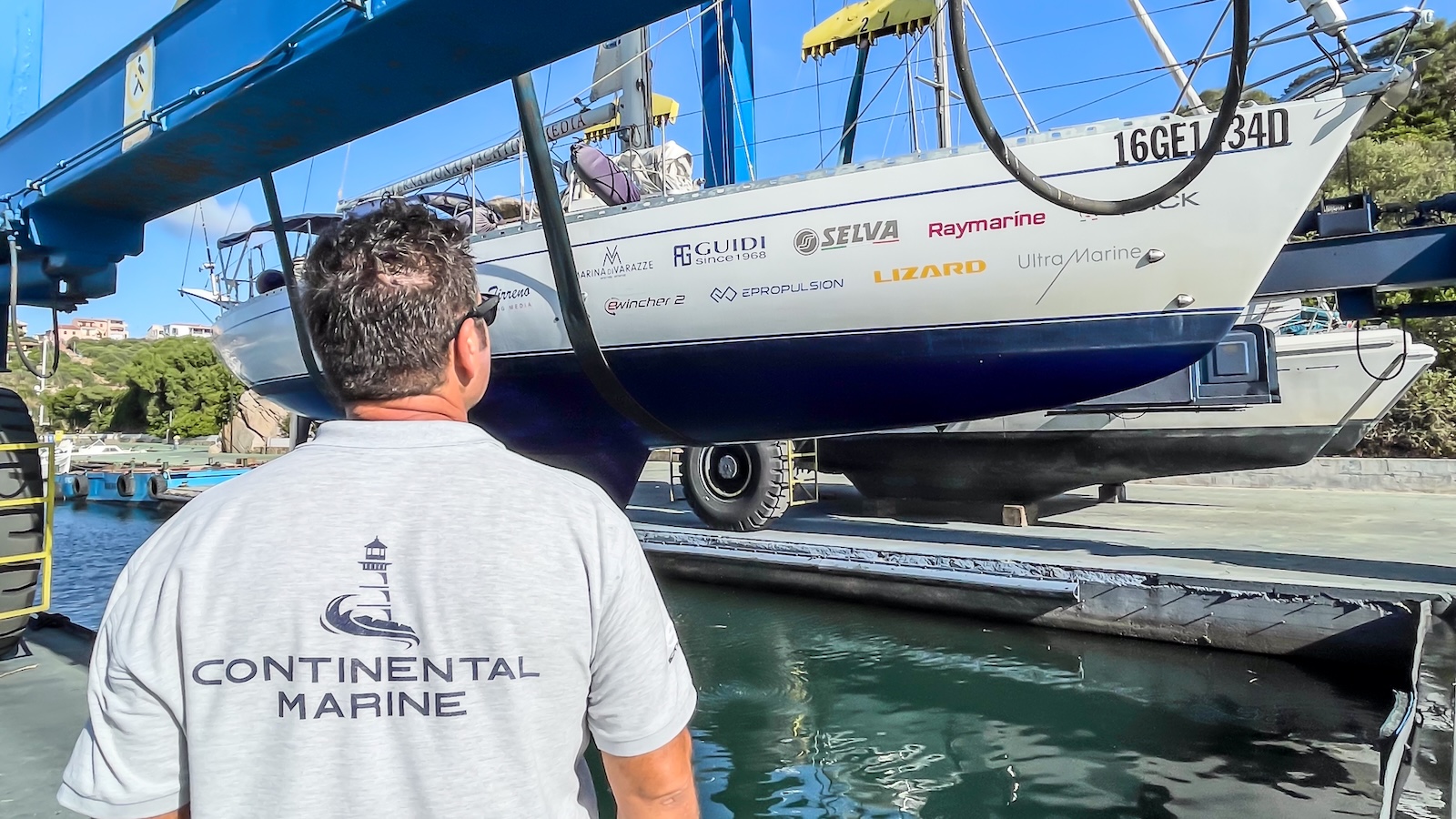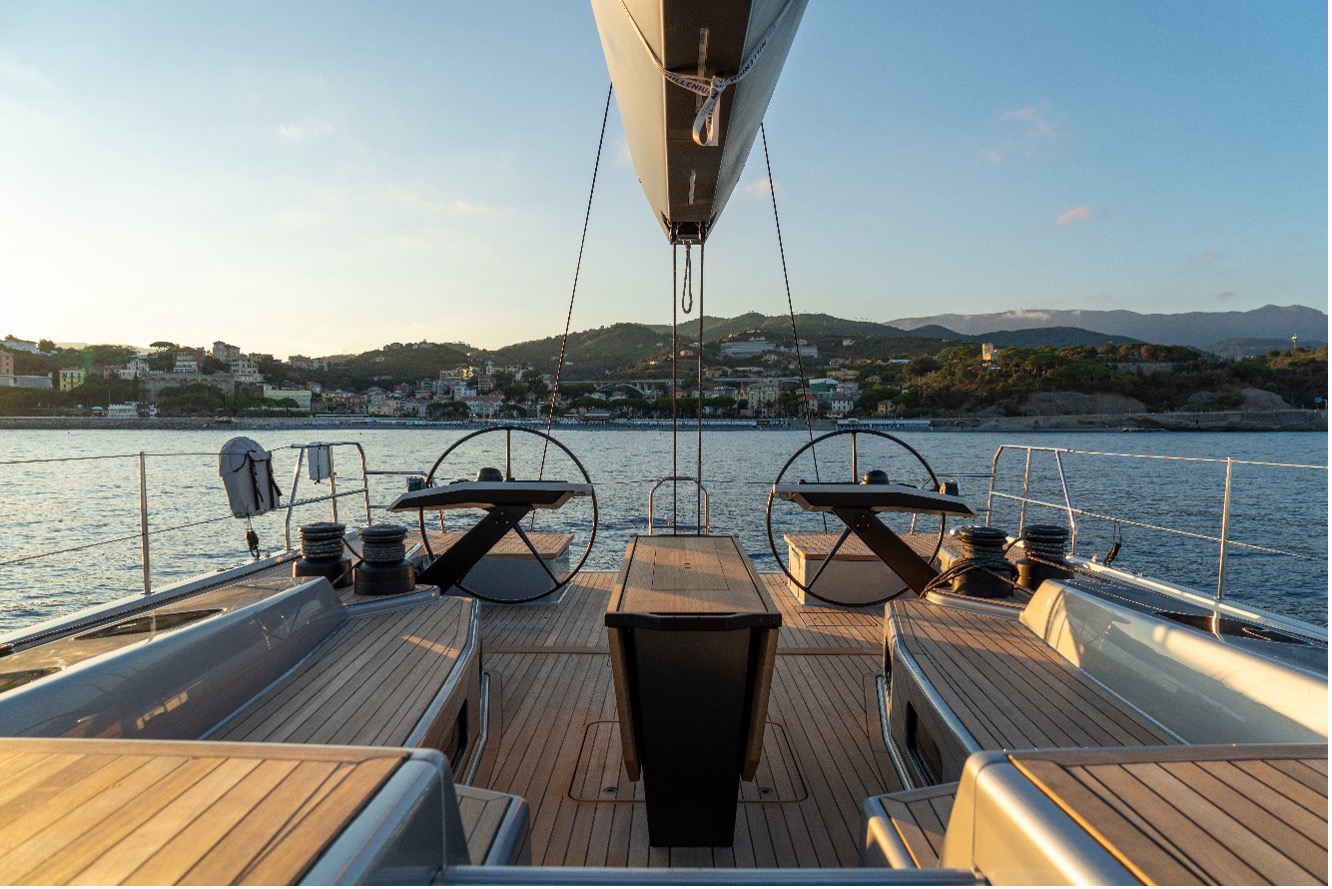Despite the great amount of water, fire on board is one of the most frequent and most dangerous accidents for any kind of boat: wood to fiberglass, every construction materials burns fast. Statistics claim an average 12-metres sailing boat gets completely burnt down by fire in about ten minutes: while burning, the boat can either sink or even explode if flames get to reach combustible materials (such as gas tanks or fuel), and in that second case there’s a big chance it will emanate toxic gases. Once the boat starts burning, there won’t be much time to intervene, better focus on prevention then.
Avoiding fire on board
There are three main places where fires will most probably start: kitchen, engine room and electric circuit.
Kitchen is where the most part of gas is stored, adding up to that there are burning oil and other fat materials that could start a fire. Avoid frying then, and make sure you have useful tools on hand in order to intervene immediately on eventual flames before they get too big. Fire extinguisher and fire blankets are required for every boat and it’s important to store them somewhere they can be easily reached: time really matters, there’s no need to repeat that. Always check gas pipes and keep tanks in a place with fresh air.
Fuel leaks and gas or dirt accumulation are another one of the most frequent fire causes. Keeping engine room and bilge clean is the best thing to do to avoid flames. This, and periodic checks to make sure there isn’t any fuel leak.
Last but not least there’s the electric circuit, that needs to be frequently checked also because of the corrosiveness of sea waters. An old and badly functioning electric circuit has higher chances to cause a short-circuit and thus a fire on board. Other than the obvious suggestion to leave specialists deal with it, in case of a short-circuit it’s important to remember cables should have proper absorption sizes: that’s the golden rule to make sure cables won’t overheat. The rule for short cables wants every millimeter to power 3 amps. But let us say it again: it’s better to ask specialists.
Being ready
About what to do if a fire actually starts, we’ll talk in the next article. Nonetheless, there are two more steps to make in order to prevent ourselves and our boat.
Extinguishers and other fire prevention tools (such as fire blankets) must be talked during the briefing with the crew when it’s time to get on board. Every boat should also have a “grab bag” on board: it’s a easy-to-grab watertight bag in case leaving the boat is necessary. The bag should contain crew’s and boat’s papers, a telephone (in case of open water navigation it should be satellitare), a portable VHF, a flashlight, flares and a survival kit (mainly blankets and water).
In the video below you can see the motoryacht Positive Energy being destroyed by fire while moored in St. Thomas, United States Virgin Islands few days ago. This time it’s 2 million and a half going up in flames, but there’s no doubt the owner would feel the same amount of pain for a 25k euros boat.
























